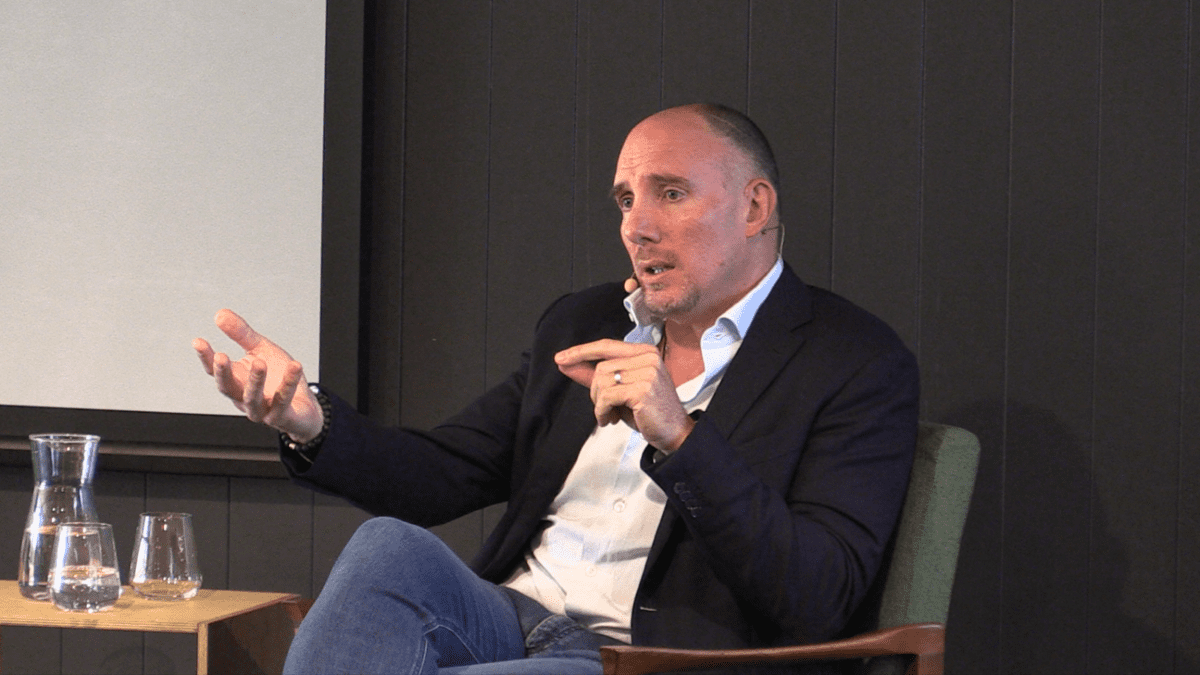How to reduce your investment carbon footprint
Research by Stockspot reveals that moving to a sustainable portfolio reduces an individual’s carbon dioxide emissions by 3.3 tonnes per year, materially outperforming non-investing activities like living car-free. In fact, it reduces emissions four times more than adopting a plant-based diet and 16 times more than recycling.
Stockspot senior manager of investment and business initiatives Marc Jocum says investors can reduce their carbon emissions by “up to 90 per cent” by making the change.
Sustainable investing fits under a broader bucket of values-based investing. Other common investment strategies include environmental, social and governance (ESG) or impact investing.
Typically sustainable investing avoids exposure to high-emitting sectors like energy and materials. By not investing in these companies, investors are no longer exposed to the emissions they produce and contribute towards moving capital away from big polluters. It can also include positive screens which add companies that are developing new technology or processes to reduce emissions.
Australians are increasingly shifting towards sustainable investing. The Responsible Investment Association of Australasia found that 83 per cent of Australians expect their investments to be allocated responsibly and ethically. Seventy-four per cent would consider moving to another provider if their current fund wasn’t consistent with their values.
Beware of greenwashing
While there is a clear demand from investors for sustainable strategies, investors need to consider the implications on their portfolios. Since certain sectors emit more carbon than others, investors can risk becoming over-concentrated in parts of the market.
“Inevitably, this means a lower exposure to sectors like materials, energy, and financials,” Jocum says.
“Inversely, your portfolio will then have an outsized weighting towards sectors like healthcare and technology.”
For much of the past decade, this hasn’t been an issue. However, the recent spike in energy markets has led to ESG funds underperforming in 2022. Sustainable investments also charge a premium compared to traditional index funds.
“Every dollar you pay in fees means less money in your pocket,” he adds.
There is also no universal method to measure sustainable investing, with the process ultimately up to the individual index or fund manager. Subsequently, some funds have been quick to include ESG or sustainable branding despite them not having a clear or genuine sustainable investment process.
To counter any potential greenwashing, the Australian Securities and Investment Commission recently issued new guidelines warning super funds, managed funds and directors against misrepresenting a financial product or investment strategy as ethical, sustainable or environmentally friendly.
Investors need to ask if the fund is “true to label,” Jocum adds. “When you download the holdings do you agree all those companies are deemed responsible?”
For diversified domestic equity exposure, Jocum shares that Stockspot uses the Betashares Australian sustainability ETF. When looking at international shares, he refers to the BetaShares global sustainability leaders ETF (ETHI) and the VanEck MSCI international sustainable equity ETF (ESGI).
“ETHI has more of a tech and healthcare focus largely in the United States”, Jocum says, “whereas ESGI looks at not just environment but social and governance characteristics and has a greater tilt towards European markets”.
*The Inside Network will hold its inaugural ESG Retreat in Tasmania November 14 to 17. For more details, follow this link.









